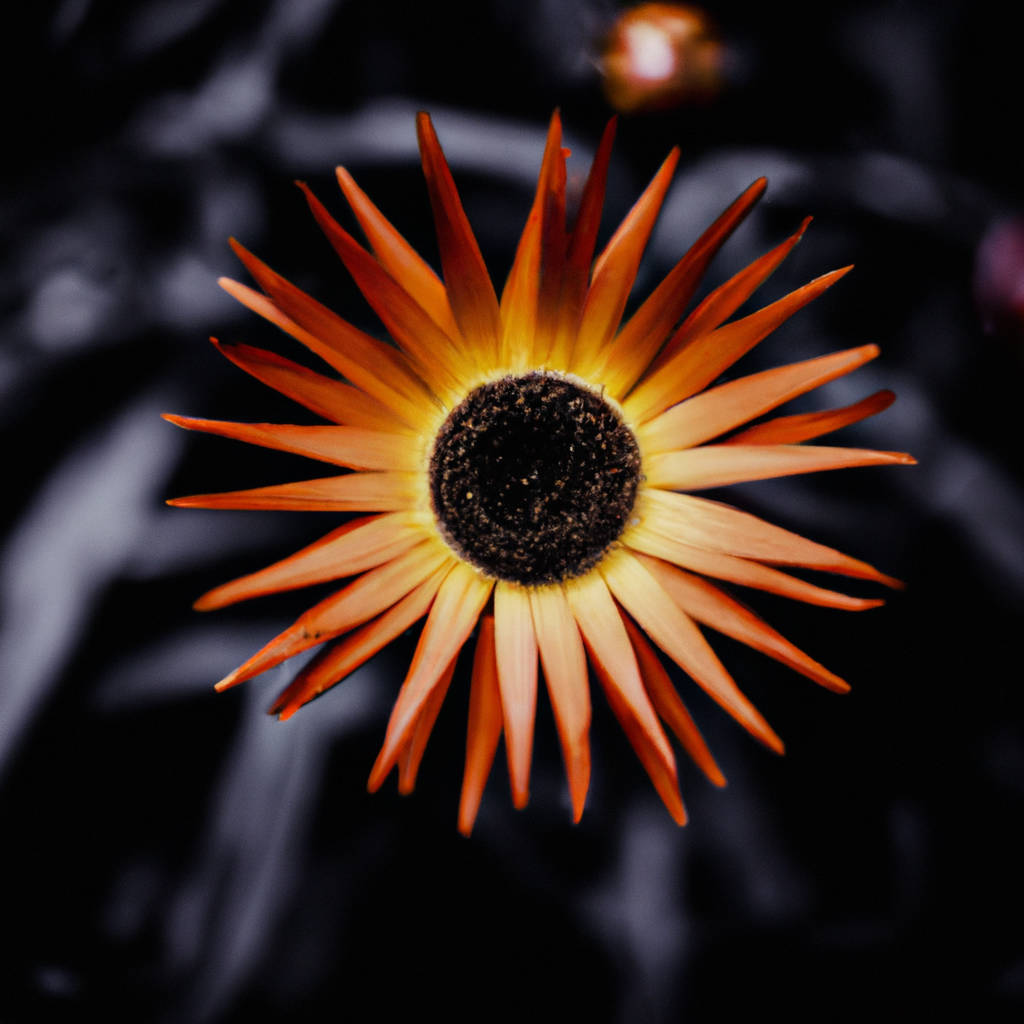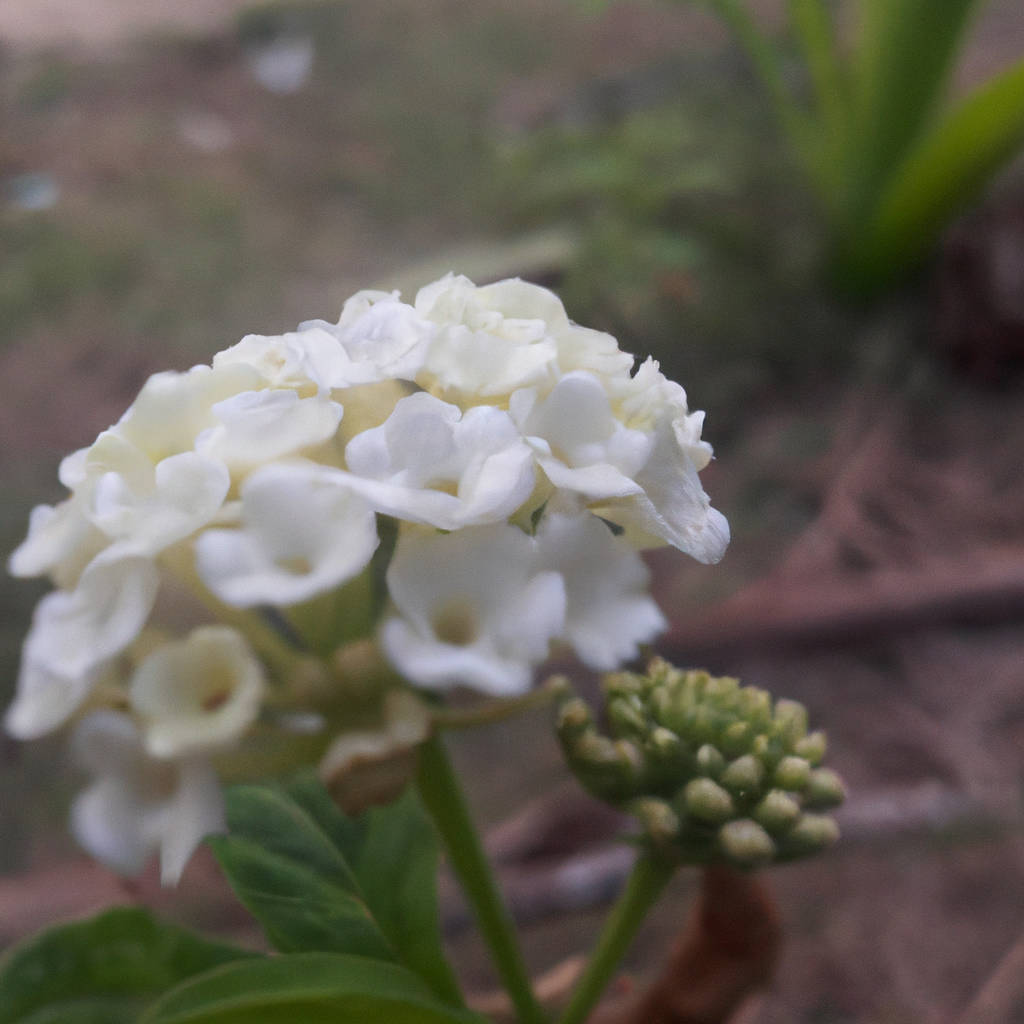Trends in flower colors in 2024
In 2024, the floral industry experienced a shift in consumer preferences and trends regarding flower colors. The year was marked by a pronounced inclination towards more unconventional color palettes, sparking creativity and innovative approaches in floral arrangements. Pastels, once dominating the spring season, were replaced with vibrant, bold colors like crimson red, deep purple, and electric blue, reflecting a collective desire for more intense, passionate expressions.
Furthermore, the popularity of monochromatic arrangements skyrocketed, with consumers opting for bouquets featuring various shades of a single color, resulting in a sophisticated, modern aesthetic. On the other hand, contrasting colors also gained favor, with complementary hues paired to create visually stunning arrangements that stood out in any setting.
Another significant trend emerged in the form of “color blocking”- a technique commonly used in fashion and interior design, now adapted to floral arrangements. This involves grouping flowers of the same color together within an arrangement, creating a bold visual impact.
Meanwhile, the trend of ‘dried flowers’ continued its steady rise. While typically found in hues of brown and beige, 2024 saw the introduction of dyed dried flowers in an array of colors, adding a unique twist to this trend.
Additionally, the use of bi-colored and multi-colored flowers became more prevalent. These flowers, which feature two or more colors on each bloom, offered consumers a unique way to incorporate multiple color trends within a single arrangement.
Finally, 2024 saw a resurgence in the popularity of classic white flowers. Despite the rise of bold colors and unique color combinations, the timeless elegance of white flowers retained a dedicated following. This trend was particularly noticeable in wedding floral arrangements, where white blooms symbolize purity and innocence.
In conclusion, the trends in flower colors in 2024 reflected a broader societal shift towards individualism and personal expression. The floral industry embraced this change, offering diverse color options and innovative arrangement techniques to satisfy the evolving tastes and preferences of consumers.

Trends in the design of bouquets
The sphere of bouquet design has seen an array of changes and trends in recent years. Bohemian-style bouquets, characterized by a loose arrangement of varied flowers and greenery, have become incredibly popular due to their natural, whimsical appearance. Incorporating wildflowers and non-traditional elements like succulents, grasses, and herbs also has become a favorite among many. Another trend is the use of monochrome bouquets, where all the flowers are in the same color palette. This delivers a strong visual impact and is often used in minimalist or modern-themed events. On the other end of the spectrum, maximalist bouquets, featuring a vibrant mix of different flowers and colors, are also gaining traction, especially for those desiring a bold, opulent look.
Bouquet designers are also exploring new ways to add personal touches to their creations. This might involve using flowers that hold special meaning for the recipient or incorporating unique elements such as family heirlooms or pieces of fabric from a special dress. Additionally, sustainability is becoming increasingly important in bouquet design. Many are shifting towards using locally-sourced, seasonal flowers and eco-friendly packaging materials.
Size and shape are also significant considerations in bouquet design trends. While large, overflowing bouquets were once the norm, more and more people are opting for smaller, more manageable arrangements that are easier to carry and display. As for shape, while the traditional round bouquet remains a classic choice, more unconventional shapes such as cascading or asymmetrical bouquets are beginning to emerge. These offer a fresh, contemporary take on the traditional bouquet and can add a unique, memorable touch to any occasion.
In conclusion, the world of bouquet design is continually evolving, with new trends reflecting changes in aesthetic preferences, personal values, and societal attitudes towards sustainability. This constant evolution ensures that there is always something new and exciting on the horizon for flower lovers and bouquet designers alike.
Trending varieties of flowers
In the world of horticulture, several varieties of flowers are currently trending. One of these is the ‘Ranunculus’, a flower characterized by its delicate, paper-thin petals and bright hues that range from sunny yellows to bold reds. With the rise in popularity of vintage and rustic aesthetics, the ‘Dahlia’, known for their intricate petal patterns and vibrant colors, has also gained considerable attention. The ‘Peony’, with its lush, full blooms and romantic charm, remains a perennial favorite among floral enthusiasts. Its popularity is especially evident during wedding season, where it often takes center stage in bridal bouquets and centerpieces.
Another trending variety is the ‘Succulent Flower’. These plants are loved for their easy maintenance and unique, sculptural shapes, making them perfect for modern and minimalist interior designs. The ‘Orchid’ is another favorite, particularly the ‘Phalaenopsis’ variety, which is prized for its elegant, butterfly-like blooms. These flowers come in a spectrum of colors, from pure whites to deep purples, making them a versatile choice for various design schemes.
The ‘Protea’, a unique and exotic flower native to South Africa, has been making waves in the floral industry because of its striking, almost alien-like appearance. This flower’s bold, dramatic features make it a standout in any arrangement. The ‘Echinacea’ or ‘Coneflower’, with its daisy-like appearance and medicinal properties, has also been gaining popularity not just for its beauty, but also for its beneficial uses.
In the world of roses, the ‘David Austin Rose’ is a current favorite. These English roses are known for their old-world charm, intoxicating fragrance, and layered, rosette blooms. Their wide range of colors, from soft pastels to deep crimsons, adds to their appeal.
These trending varieties of flowers, with their distinctive characteristics and aesthetic appeal, bring joy, beauty, and a sense of tranquility to our lives. Whether they are used for interior decoration, garden design, or special occasions, these flowers are sure to leave a lasting impression.

The best combinations of flower bouquets
Creating the ultimate combination of flower bouquets requires a keen eye for beauty, a fine sense of balance, and an understanding of how different flowers complement each other. Start with roses, the classic choice, known for their timeless elegance and deeply rich hues. They work perfectly with hydrangeas, whose voluminous clusters add texture and depth to the bouquet. Lilies, on the other hand, with their striking shape and vibrant colors, can serve as a stunning focal point.
For a touch of delicate grace, consider adding tulips, which come in an array of colors to suit any theme. Pair them with baby’s breath for a soft, ethereal look or with daisies for a cheerful, sunny vibe. Orchids, with their exotic beauty and intriguing shapes, can bring an element of surprise and sophistication to any bouquet. They blend well with carnations, creating a mix of texture and color that is sure to captivate.
Peonies, with their lush, full blooms, can bring a sense of luxury and romance to a bouquet. Complement them with ranunculus, whose intricate petals can add a touch of whimsy and mystery. For a rustic, wildflower feel, consider adding forget-me-nots and lavender. Their natural charm and calming colors can create a bouquet that feels like a breath of fresh, country air.
In addition to color and texture, consider the scent of the flowers. Jasmine, gardenia, and freesia can infuse the bouquet with a delightful fragrance that adds another layer of pleasure to the floral experience.
Remember, the best combinations of flower bouquets are not just about aesthetics but also about the emotion they evoke. Whether you’re aiming for a mood of pure joy, deep love, or serene tranquility, the right combination of flowers can speak volumes. Experiment with different pairings, consider the recipient’s preferences and the occasion, and you’ll be sure to create a bouquet that leaves a lasting impression.
